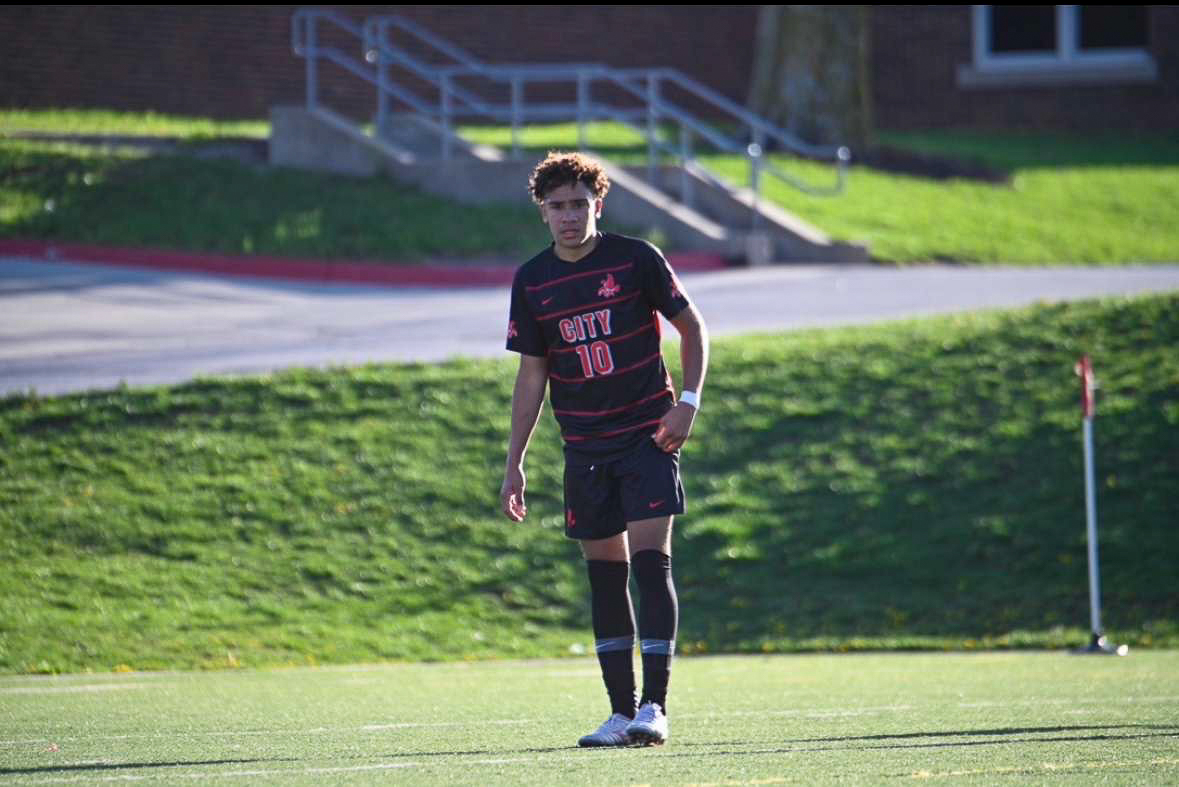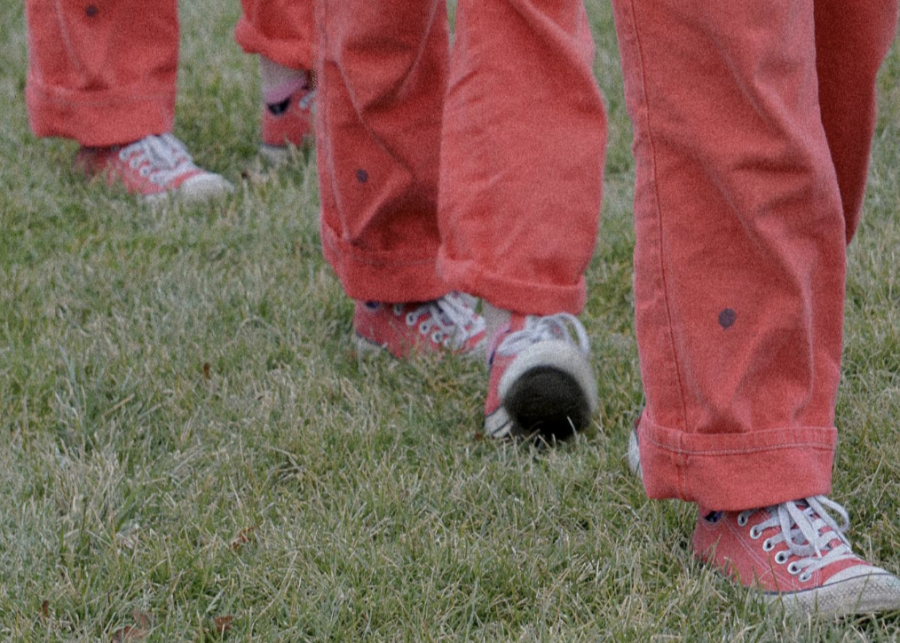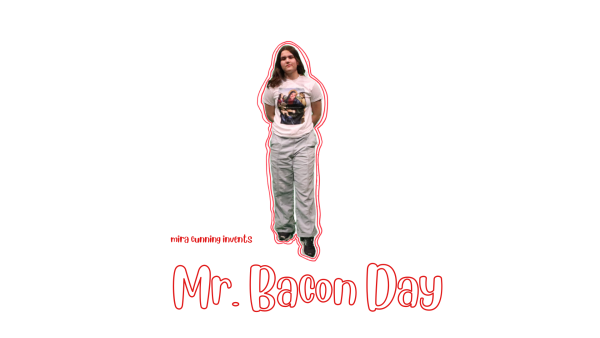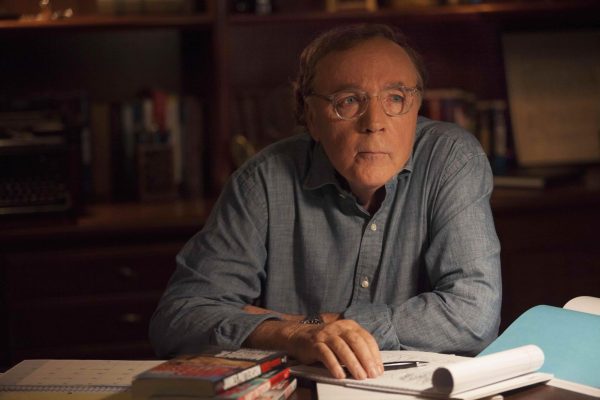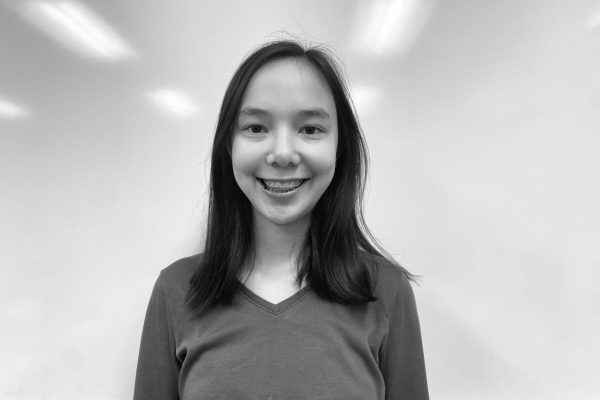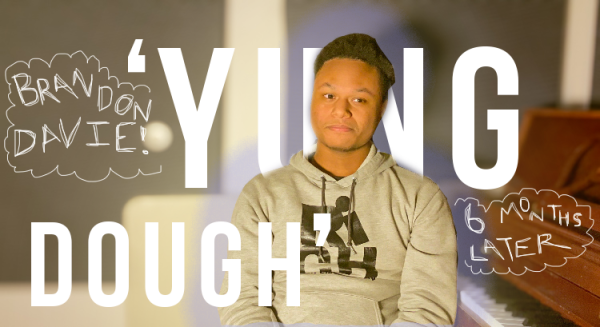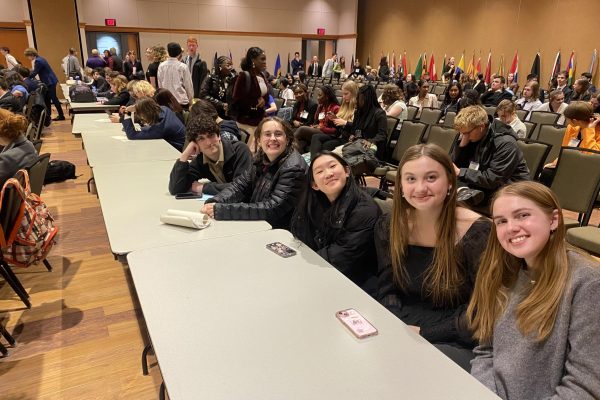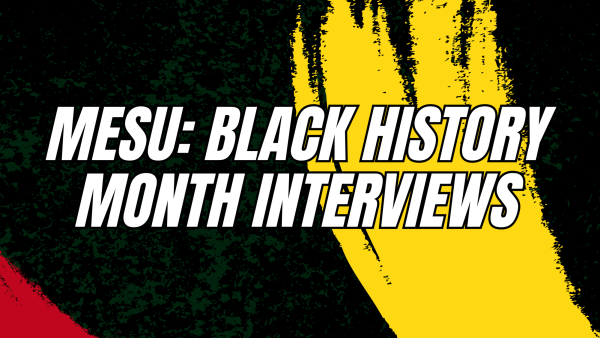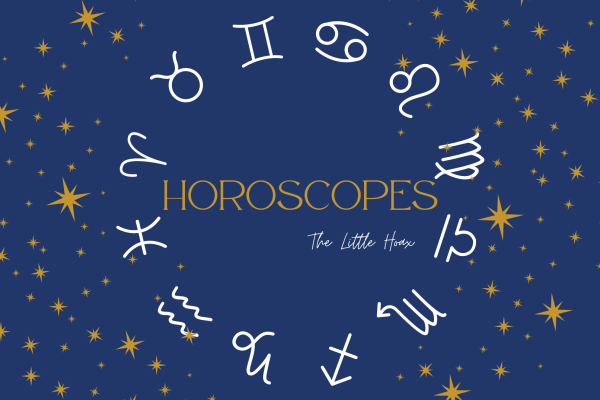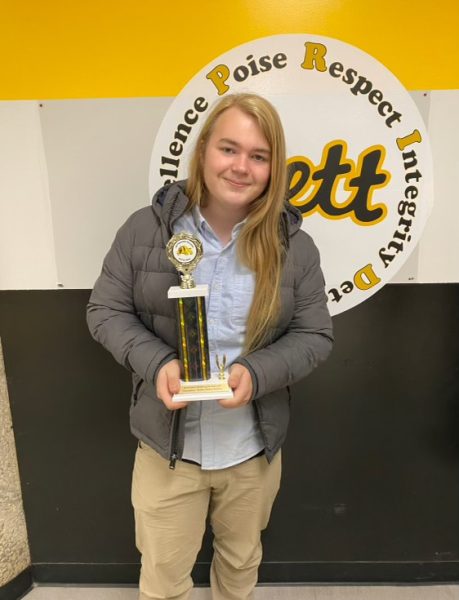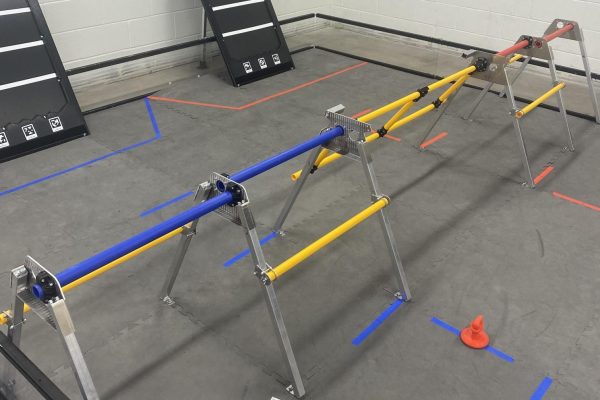Endometriosis. A vantage point into the silent struggle for women’s health funding
One in ten women in their child bearing years endure endometriosis’ painful effects. For many, that pain starts in their high school years and worsens.
“Around 4 am I woke up because I thought I had a stomach ache. For about an hour, I rolled around trying to ignore the pain, finally, I got up and went to the bathroom for painkillers. As soon as I stood up fully-awake, I realized that I was in a tremendous amount of pain. My abdomen felt on fire. This wasn’t a stomach ache. When I got to the bathroom, I collapsed to the floor. I was in disbelief. Staring at the ceiling, I was thinking, ‘Man, I, I would rather be dead right now. If there was a gun next to me, I would fire it.’ Eventually, I tried to stand up to get help but as soon as I stood up my ears started ringing loudly and I couldn’t hear anything. My vision went white and blurry and then I passed out. I was 14.”
The first time Alison Beckett ‘22 felt the effects of her endometriosis, a painful condition that affects nearly 10% of women worldwide, was during a quiet summer night on her grandparents’ Iowan farm. That night, 14-year-old Beckett blacked out from the pain she endured in her grandma’s bathroom. From there on, Beckett reports her endometriosis has not faltered.
Individuals with endometriosis experience uterine lining growth on the outside, as opposed to the inside, of the uterus which gives way to chronic disabling pain, infertility, fatigue, among other symptoms year-round, especially during menstruation. However, Beckett stresses that the pain is different for everyone affected by this condition. For Beckett, sometimes severe back pain prevents her from even sitting down. At the pain’s peak, it shoots through her legs.
“It’s like the kind of pain that makes you lose your dignity,” Beckett said. “You’d be willing to do a lot of things you weren’t before to get that pain to go away.”
Beckett saw a doctor in January, about two years after her first encounter with endometriosis. After explaining her symptoms, and mentioning her mother’s history with endometriosis, Beckett recalls the doctor refusing to give a formal diagnosis, instead directing her to a list of birth control options. Beckett opted for the pill, a daily hormonal treatment that prevents ovulation and therefore stops the growth of the uterine lining.
Professor Donna A. Santillan, University of Iowa Research Associate and Vice-Chair for Research, Department of Obstetrics & Gynecology, focuses on improving women’s health research through biobanking and translational research. Her laboratory work is often focused on expanding her knowledge of diseases that primarily affect women.
“Endometriosis really has a problem of being difficult to diagnose and treat. Too often, it is just considered a painful period,” Santillan said. “This results in women spending a lot of money and time trying to get an accurate diagnosis and a treatment that works for them.”
While Beckett was surprised by what happened during her hospital visit, countless women do not receive a formal or timely diagnosis for endometriosis, propelling those women into years of unnecessary pain. Additionally, current treatments for endometriosis are limited, with many being hormonal treatments, such as birth control. Laparoscopy, a method of endometriosis diagnosis, is costly. As for treatment, some women opt for surgery, a dangerous procedure of removing the endometriosis cysts from outside the uterus. But even a successful surgery does not guarantee a cure for endometriosis. Oftentimes, symptoms will return within a few years.
“Endometriosis often falls with the categorization of chronic pelvic pain,” Santillan said. “Finding causes of chronic pelvic pain is often difficult given the wide differential diagnosis that is associated with chronic pelvic pain.”
Beckett reports that while she believes the pill is an effective way to treat endometriosis as a 16-year-old, she worries that adulthood might prove challenging for someone like herself. In addition to having a lifelong condition, the symptoms associated with endometriosis reportedly worsen with age. Beckett believes that the current treatment options are akin to “putting a blanket over the problem.” She argues that when women are unable to be on birth control, if they want children for example, then those women must endure more pain.
“I think what’s worse is when a woman wants to have children. Endometriosis can make you infertile while causing lots of other complications,” Beckett said. “My mom had a pretty devastating miscarriage. And she tried for a decade to have kids. They had given up and they were looking into adoption by the time I was conceived.”
The experience Beckett explains is not new to women searching for treatment. However, in addition to the physical, Santillan points out that there remain hidden effects as well.
“Endometriosis has a significant economic impact,” Santillan said. “Besides the costs associated with care including prescriptions, procedures, visits, and hospital stays, there are also economic impacts associated with the loss of productivity and income from missing work. The loss of work can also have negative effects on women’s careers and cost them future income. In addition to the economic burden, there can be a psychological impact such as depression.”
Santillan notes that endometriosis has a large impact on society as it affects about 1 in 10 women in their childbearing years worldwide. Beckett believes that endometriosis as a whole is not well studied nor funded for the proportion of women it affects.
While endometriosis experienced a brief moment of national awareness after numerous celebrities such as Jaime King, Padma Lakshmi, and Lena Dunham, and more have come out about their struggles with the condition, the spotlight quickly faded and federal spending grants remained unscathed.
“The worst part is that no matter how much Tylenol you take, [the pain] still pushes through,” Alison Beckett said. “So then you just have to sit there and live through it. There’s nothing else you can do. You got to think about how tomorrow, this isn’t gonna be happening. You have to hope for the future.”
Your donation will support the student journalists of Iowa City High School. For 2023, we are trying to update our video and photo studio, purchase new cameras and attend journalism conferences.
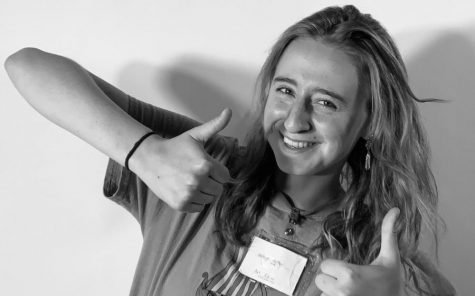
01010011 01100101 01101110 01100100 00100000 01001000 01100101 01101100 01110000 00101110 00100000 01010100 01110010 01100001 01110000 01110000 01100101...






